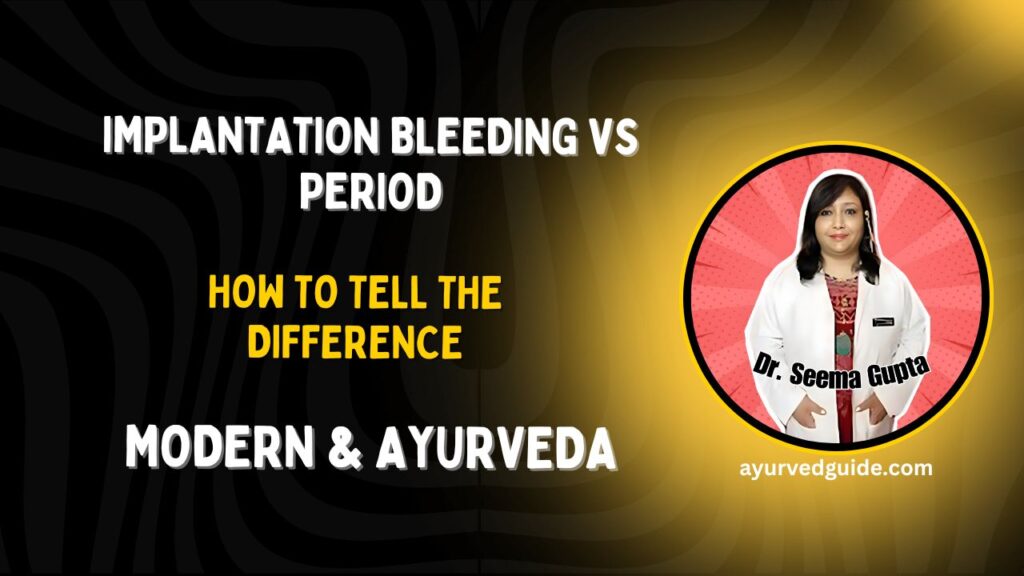Tips for Getting Pregnant After a Chemical Pregnancy: What to Do Next
Discover exactly how soon you can try again after a chemical pregnancy and the evidence-based tips that help most women conceive within 1–6 cycles. From ovulation tracking and male partner optimisation to recurrent loss testing and real 2024–2025 success stories — everything you need to boost your chances. Safe, practical and doctor-approved.










